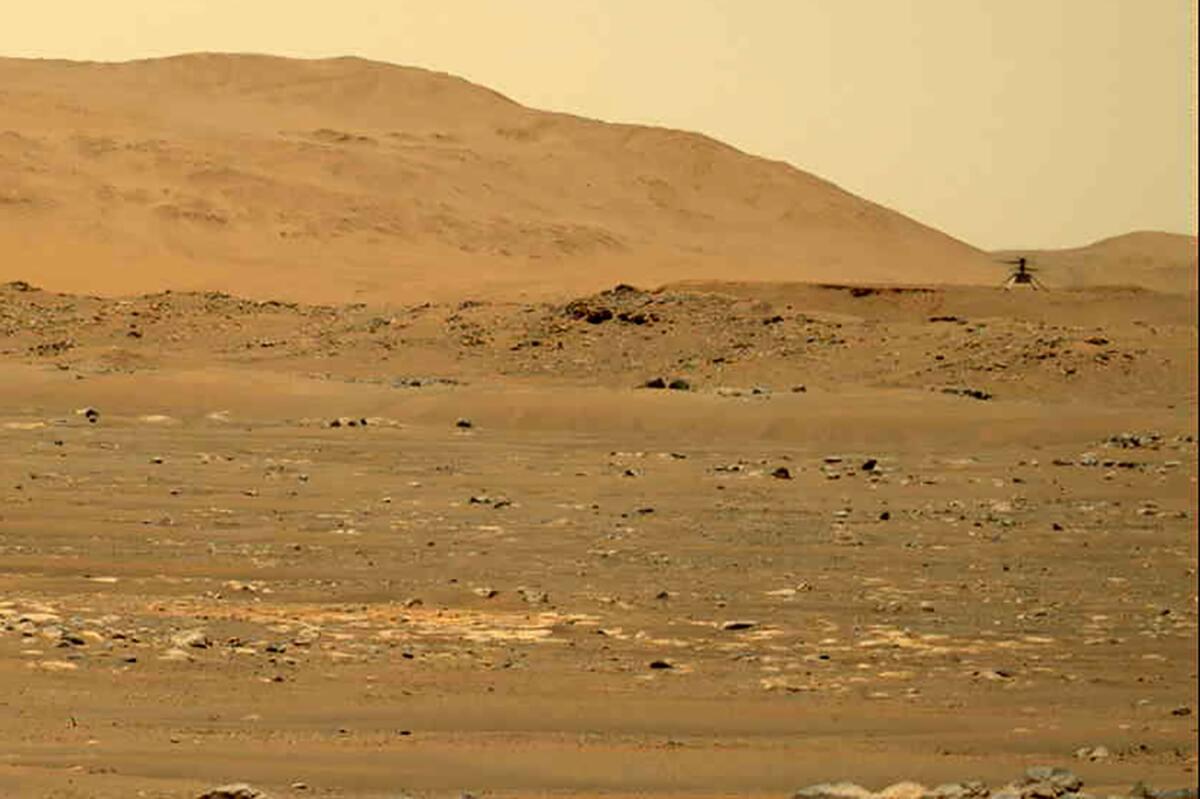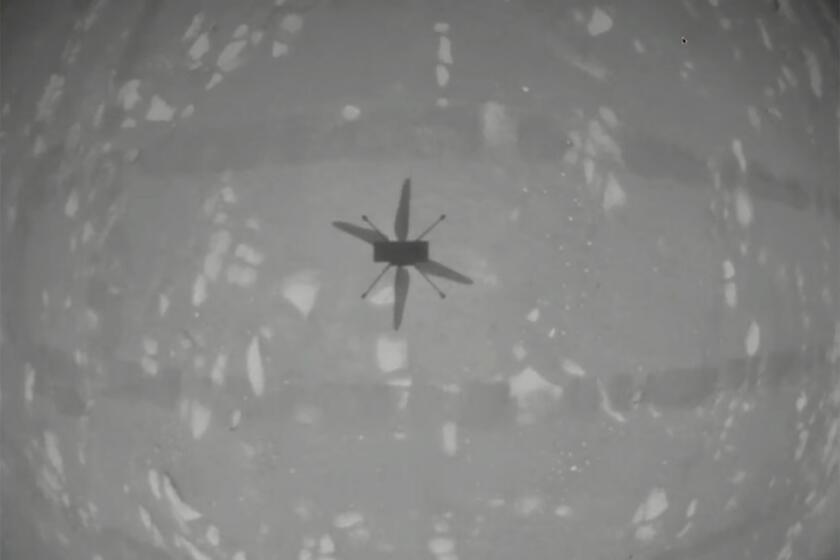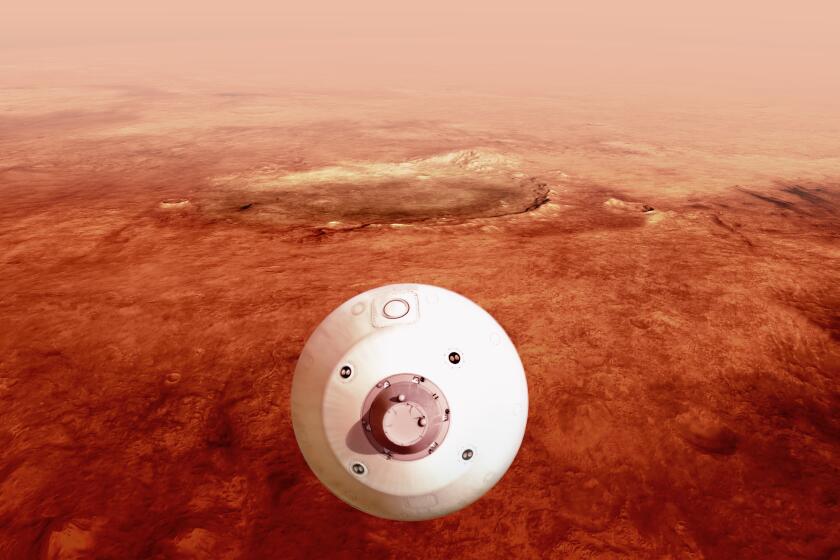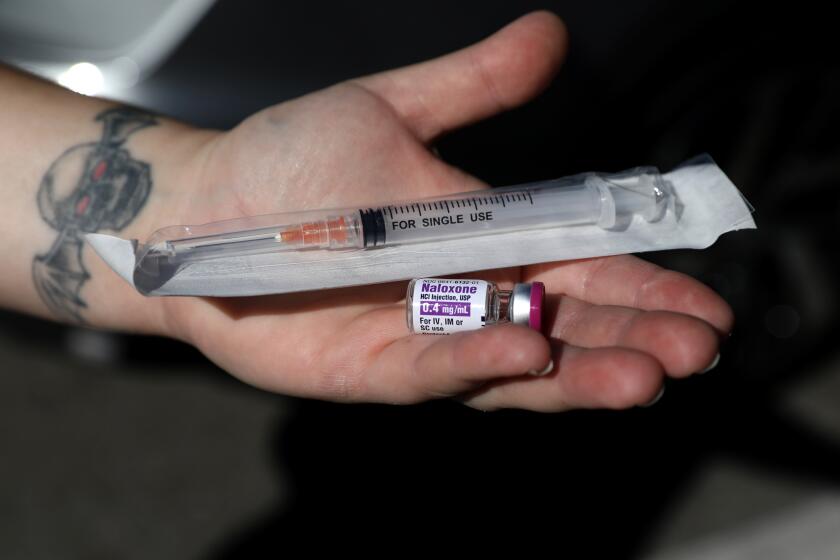NASA Mars helicopter heard humming through thin Martian air

First came the amazing pictures, then the video. Now NASA is sharing sounds of its little helicopter humming through the thin Martian air.
NASA’s Jet Propulsion Laboratory in La Cañada Flintridge released this first-ever audio Friday, just before Ingenuity was set to soar on its fifth test flight.
The low hum from the helicopter blades spinning at more than 2,500 revolutions per minute is barely audible. It almost sounds like a low-pitched, far-away mosquito or other flying insect.
That’s because the 4-pound helicopter was more than 260 feet from the microphone on the Perseverance rover, its traveling companion. The rumbling wind gusts also obscured the chopper’s sound.
NASA’s experimental Mars helicopter rises from the dusty red surface into the planet’s thin air, achieving the first powered flight on another planet.
Scientists isolated the sound of the whirring blades and magnified it, making it easier to hear.
The sound was recorded during the helicopter’s fourth test flight on April 30.

Ingenuity — the first powered aircraft to fly at another planet — arrived at Mars on Feb. 18, clinging to Perseverance’s belly. Its first flight was more than two months later, on April 19.
NASA named the helicopter’s takeoff and landing area Wright Brothers Field in honor of Wilbur and Orville, who made the world’s first airplane flights in 1903. A stamp-size piece of wing fabric from the original Wright Flyer is aboard Ingenuity.
The $85-million tech demo was supposed to end a few days ago, but NASA extended the mission by at least a month to get more flying time.
If NASA’s Perseverance rover lands safely on Mars, it will become the first space mission in nearly 45 years to directly search for signs of microbial life.
For Friday afternoon’s 108-second test flight, the helicopter traveled southward in the same direction the rover is heading. Once over its new airfield, the chopper soared to twice its previous altitude — 33 feet — took pictures, then landed. The two airfields are 423 feet apart.
With the helicopter’s first phase complete, the rover can now start hunting for rocks that might contain signs of past microscopic life. Core samples will be collected for eventual return to Earth.








